Often we randomly choose air conditioner size without thinking about anything. As a result, the air conditioner fails to meet your cooling needs.
The cooling performance of an AC is vastly dependent on size. So what size air conditioner for 1400 Square feet?
Let’s dive into the article to pick the ideal size of an air conditioner according to your room’s needs.

What size air conditioner for 1400 Square feet?
For a 1400 square feet area, a 24,000 BTU (2-ton) air conditioner is suitable. As a general rule, you need 20 BTUs per square foot of living space. Therefore, you can also use an air conditioner with a cooling capacity of at least 28,000 BTUs per hour for a 1400-square-foot area.
Air Conditioner Size Chart for Various Sft Areas:
| Square Footage | Recommended AC Size |
|---|---|
| 500-800 sq ft | 18,000 BTU (1.5 Ton) |
| 800-1200 sq ft | 21,000 BTU (1.75 Ton) |
| 1200-1600 sq ft | 24,000 BTU (2 Ton) |
| 1600-2000 sq ft | 30,000 BTU (2.5 Ton) |
| 2000-2400 sq ft | 36,000 BTU (3 Ton) |
Types of air conditioners suitable for 1400 sq. ft. homes
When it comes to cooling a 1400 sq. ft. home, there are a few types of air conditioners that are suitable for the job.
Here are some of the most common options:
Central Air Conditioners
These units are designed to cool the entire home from a central location. They use a system of ducts to distribute cool air throughout the house.
Central air conditioners come in various sizes and types, including split systems, packaged systems, and heat pumps.
Split systems have two units: an outdoor unit that contains the compressor and condenser, and an indoor unit that contains the evaporator.
Packaged systems have all of the components in one unit that is typically installed on the roof or a concrete slab near the foundation.
Heat pumps can provide both heating and cooling, making them a good option for areas with mild winters.
Window Air Conditioners
These units are installed in a window or through a wall and are designed to cool a single room.
They are a good option if you only need to cool one or two rooms in your home.
Window air conditioners come in various sizes, and it’s important to choose one that has the appropriate cooling capacity for the room.
A general rule of thumb is to have 20 BTUs (British Thermal Units) of cooling capacity per square foot of space.
Portable Air Conditioners
These units are free-standing and can be moved from room to room as needed.
They are a good option if you don’t want to install a window unit or if you only need to cool a small area.
Portable air conditioners come in various sizes and cooling capacities, and it’s important to choose one that is appropriate for the space you want to cool.
Keep in mind that portable air conditioners need to be vented through a window or wall to remove hot air from the room.
Mini-Split Air Conditioners
These units are similar to central air conditioners, but they don’t require ductwork.
They are a good option if you want to cool specific rooms in your home without having to install ductwork.
Mini-split air conditioners have two main components: an outdoor unit that contains the compressor and condenser, and one or more indoor units that contain the evaporator.
Each indoor unit can be controlled independently, allowing you to set different temperatures in different rooms.
How to calculate the Air conditioner size?
Calculating the appropriate size of air conditioner for your home is important to ensure that it effectively cools the space without wasting energy.
Here are the steps to calculate the required cooling capacity:
Measure square footage
Measure the length and width of the room and multiply them to get the square footage.
For example, if the room is 20 feet by 20 feet, the square footage would be 400 square feet.
Here we are attaching a recommended air conditioner size guide according to your home size.
| Square Footage Of The House | BTUs Needed | AC Unit |
|---|---|---|
| 450-550 | 12000 | 1 ton |
| 550-700 | 14000 | 1.5 tons |
| 700-1000 | 18000 | 1.5 tons |
| 1000-1200 | 21000 | 2 tons |
| 1200-1400 | 23000 | 2 tons |
| 1400-1500 | 24000 | 2 tons |
| 1500-2000 | 30000 | 2.5 tons |
| 2000-2500 | 34000 | 3 tons |
Determine the cooling capacity needed
The cooling capacity needed is measured in BTUs. A general rule of thumb is to have 20 BTUs of cooling capacity per square foot of space.
To calculate the cooling capacity needed for a room, multiply the square footage of the previous example of a 400 square foot room, the required cooling capacity would be 8,000 BTUs (400 sq. ft. x 20 BTUs/sq. ft. = 8,000 BTUs).

Consider additional factors
Other factors can affect the required cooling capacity, such as the height of the ceiling, the number of windows, the insulation in the room, and the amount of shade the room receives.
As a general rule, add 1,000 BTUs for each additional foot of ceiling height, 1,000 BTUs for each window, and 10% for rooms that receive a lot of sunlight or are poorly insulated. Subtract 10% for rooms that are well-shaded.
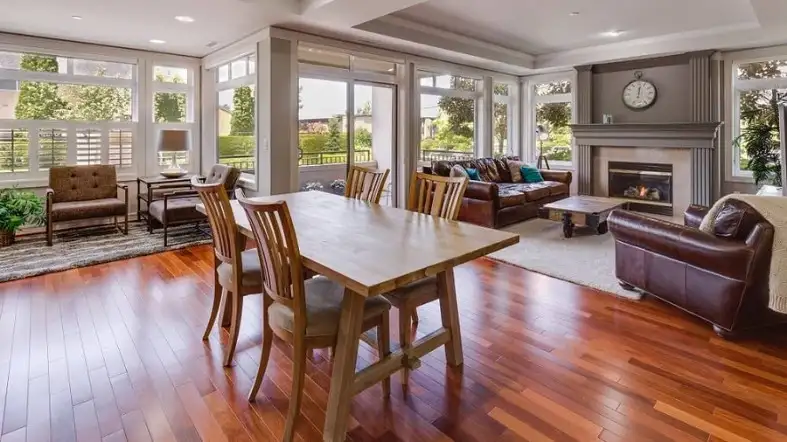
Calculate the total cooling capacity needed
Once you have factored in any additional factors, add the total additional BTUs to the required cooling capacity calculated in Step 2.
For example, if a room with a 10-foot ceiling has two windows, is poorly insulated, and receives a lot of sunlight, the total additional BTUs would be 3,000 (1,000 BTUs for ceiling height + 2,000 BTUs for windows + 1,000 BTUs for sunlight/poor insulation).
Adding 3,000 BTUs to the required cooling capacity of 8,000 BTUs would give a total cooling capacity of 11,000 BTUs.
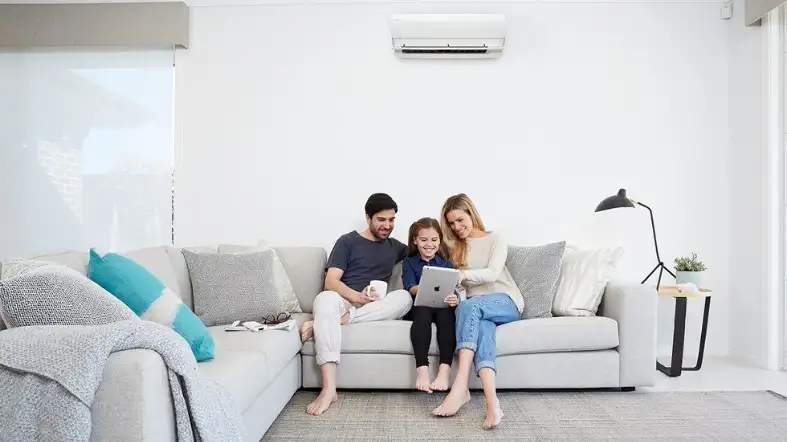
Choose the appropriate size air conditioner
Choose an air conditioner with a cooling capacity that is close to, but not less than, the required amount.
Choosing an air conditioner that is too small will result in it working harder than necessary while choosing one that is too large will waste energy and result in higher energy bills.
It’s best to consult with a professional HVAC technician to determine the appropriate size and type of air conditioner for your home.
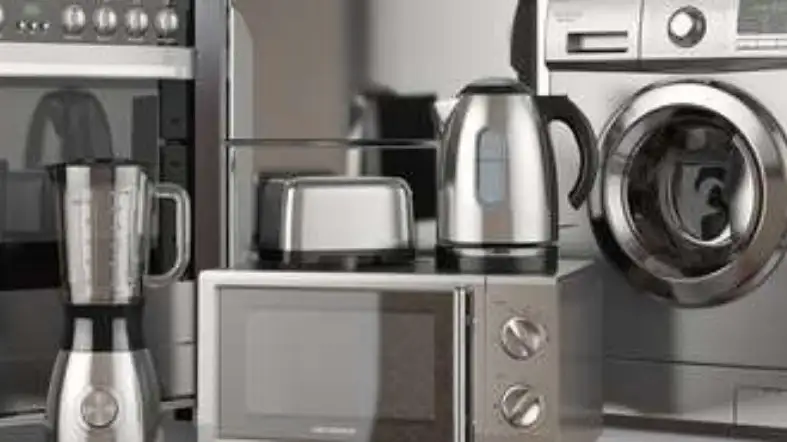
How To Choose The Best Air Conditioner For 1400 Sq Foot?
Choosing the best air conditioner for a 1400 sq ft home can be a daunting task, but by following these steps, you can make an informed decision:
Determine your budget
Air conditioners come in a wide range of prices, so it’s important to decide how much you are willing to spend before beginning your search.
Consider the type of air conditioner
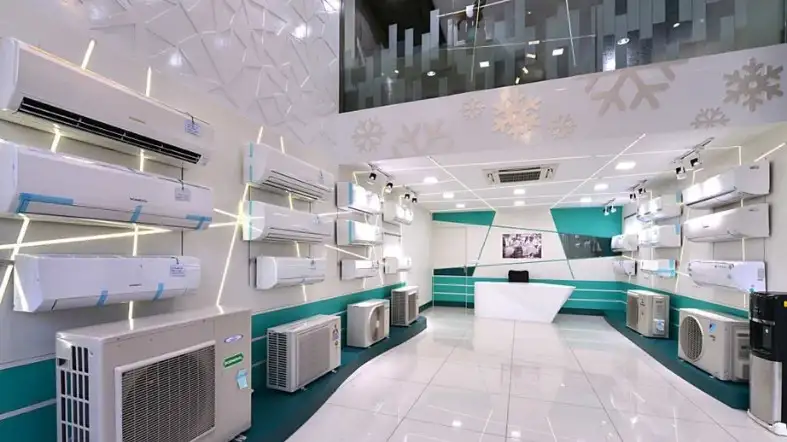
There are three main types of air conditioners: window units, portable units, and central air conditioning systems.
Each has its own pros and cons, so it’s important to consider your needs and preferences before making a decision.
Check the cooling capacity
As discussed earlier, the cooling capacity of an air conditioner is measured in BTUs.
For a 1400 sq ft home, you will need an air conditioner with a cooling capacity of around 28,000 BTUs.
Be sure to choose an air conditioner that is close to this requirement, but not less than it.
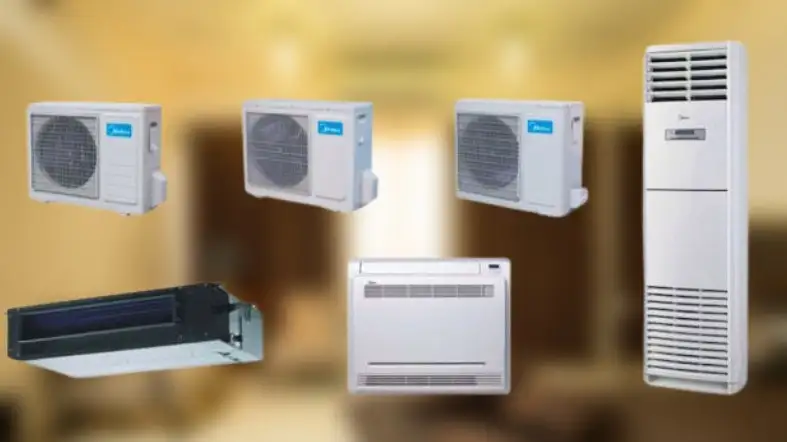
Look for energy efficiency
Energy-efficient air conditioners can save you money on your energy bills and are better for the environment.
Look for air conditioners with a high SEER (Seasonal Energy Efficiency Ratio) rating.
Consider additional features
Some air conditioners come with additional features, such as a built-in air purifier, a dehumidifier, or a remote control.
Consider which features are important to you and look for air conditioners that have them.
Read reviews
Before making a purchase, be sure to read reviews from other customers to get an idea of the air conditioner’s performance, reliability, and ease of use.
Consult with a professional
If you are unsure about which air conditioner to choose, it’s always a good idea to consult with a professional HVAC technician.
They can assess your home’s cooling needs and recommend the best air conditioner for your specific situation.
Professional installation vs. DIY installation
When it comes to installing an air conditioner, you have two options: professional installation or DIY installation. Here are the pros and cons of each:
Professional Installation:
Pros:
- Expertise: Professional HVAC technicians have the knowledge and experience to install air conditioners correctly and efficiently, ensuring optimal performance and longevity.
- Safety: HVAC systems involve electrical work and can be dangerous if not installed correctly. Professionals are trained to handle these tasks safely and properly.
- Warranty: Many manufacturers require professional installation to validate the warranty on the air conditioner.
Cons:
- Cost: Professional installation can be expensive, and the cost may vary depending on the complexity of the installation and the location of your home.
- Scheduling: You will need to schedule a time for the technician to come to your home, which can be inconvenient if you have a busy schedule.
- Dependence: You will need to rely on the availability and expertise of the technician, which can be frustrating if there are any issues or delays.
DIY Installation:
Pros:
- Cost: DIY installation can save you money on installation fees.
- Control: You have complete control over the installation process and can ensure that everything is done to your satisfaction.
- Convenience: You can install the air conditioner at a time that is convenient for you.
Cons:
- Safety: If you are not familiar with electrical work and HVAC systems, DIY installation can be dangerous and lead to injuries or damage to your home.
- Warranty: Some manufacturers require professional installation to validate the warranty on the air conditioner. If you install it yourself, you may void the warranty.
- Performance: Improper installation can lead to decreased performance, higher energy bills, and a shorter lifespan for the air conditioner.
FAQs on What Size Air Conditioner For 1400 Square Feet
How much does a 1400 sq ft air conditioner cost?
The cost of a 1400 sq ft air conditioner can vary widely depending on the type of unit you choose, the level of energy efficiency, and the features included.
Expect to pay anywhere from a few hundred dollars for a basic window unit to several thousand dollars for a high-end central air conditioning system.
What happens if my air conditioner is too large for my home
If your air conditioner is too large for your home, it will cycle on and off more frequently, leading to uneven cooling, excess humidity, and increased wear and tear on the unit.
What happens if my air conditioner is too small for my home?
If your air conditioner is too small for your home, it will struggle to cool the space effectively and will have to work harder, leading to higher energy bills and a shorter lifespan for the unit.
Can a window air conditioner cool a 1400 sq ft area?
A window air conditioner typically can’t cool a 1400 sq ft area efficiently; a central air system or multiple window units would be needed for such a space.
Is it economical to use a portable air conditioner for 1400 sq ft?
It’s usually not economical to use a portable air conditioner to cool a 1400 sq ft area due to their lower efficiency compared to central air conditioners.
Are mini-split systems effective for homes of 1400 sq ft?
Yes, mini-split systems can be effective for 1400 sq ft homes, especially when multiple units are used to manage different zones within the home.
Do BTUs significantly impact the cooling capacity of an air conditioner?
Yes, BTUs are critical as they directly represent the cooling capacity of an air conditioner, impacting its ability to cool a space effectively.
Bottom Line
It is important to understand what the size of an air conditioner is for 1400 square feet.
This sample size calculation will ensure the maximum cooling performance of your air conditioner.
To get an accurate and efficient size you can try HVAC professionals’ help. You can also do your own calculations to find the right size air conditioner.
Or simply compare your room’s size with the HVAC chart to buy the best-performing air conditioner.
Investing in the right size air conditioner can improve the home’s comfort and cooling time.
